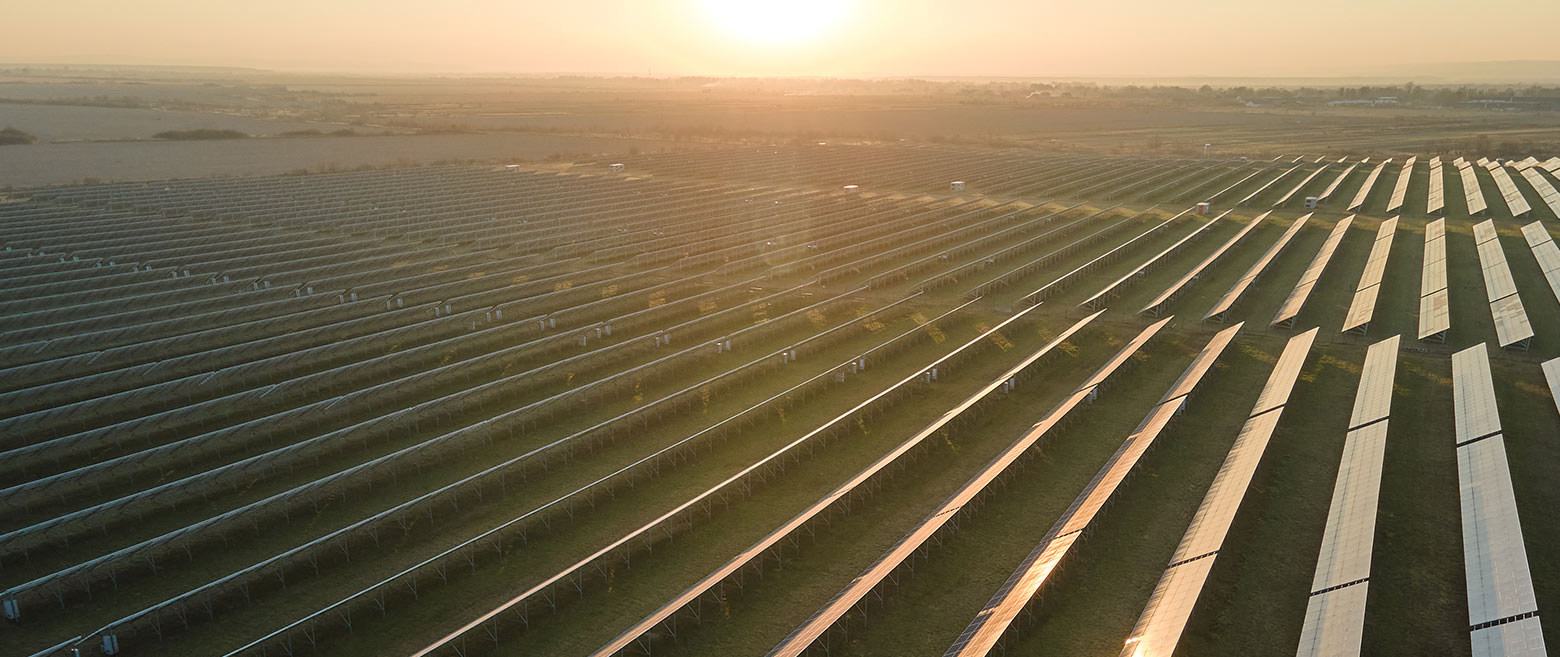Why net zero is a net positive for banks
Morgan Stanley Research
09/14/22Summary: Large global banks have an opportunity to develop new ‘green’ sources of revenue tied to everything from carbon trading to helping finance the estimated $50 trillion needed to achieve Net Zero by 2050.

As the race to Net Zero continues to take shape, one point is clear: It will require a significant shift not just in corporate strategy and government policy, but also in global banking and finance.
The financing needs alone are enormous. The World Economic Forum estimates that moving to a Net Zero future will require more than $50 trillion in incremental global investment by 2050, with $5 trillion in annual capital investment needed by 2030. At the same time, corporations, and institutions will need to rethink how they raise money, invest, and manage risk. This all has immediate implications for corporate and investment banking.
Morgan Stanley Research estimates that wholesale banks—the global financial institutions that conduct large-scale borrowing, lending, and investing services—stand to add $15 billion to $20 billion in “green” revenue over the next three to five years. In the process, they can benefit by deepening client relationships, attracting new talent and, potentially, rerating their stocks.
“In contrast to the past 20 years, when banks had limited opportunities to monetize booming growth industries, such as the internet or artificial intelligence, banks stand ready to actively provide financing for decarbonization,” says Betsy Graseck, Global Head of Banks and Diversified Financials Research. “We see credible signs that wholesale banks are repositioning the business model to defend existing revenue pools and build new revenue streams in decarbonization finance and carbon trading.”
In a collaborative BluePaper, Morgan Stanley Research and consultancy Oliver Wyman looked beyond the current headwinds for the banking sector to understand the key drivers of growth and disruption a little farther down the road.
Banking on ‘green’ revenue
“A new green world will require at least $47 trillion in investment over the next 29 years in just five industries alone—renewables, electric vehicles, hydrogen, carbon capture and storage, and biofuels,” says Magdalena Stoklosa, Head of Research for European Banks and Diversified Financials. “In the next decade, we are talking an incremental $1 trillion of investment annually.”
The biggest climate-related growth driver for wholesale banks, the report says, is the underwriting revenue from debt issuance, as demand for broad ESG investments continues to accelerate.
Wholesale banks could also generate significant trading income related to major supply-and-demand shifts for traditional commodities, as well as new ones. “A new prize may emerge in carbon trading—an emerging asset class that wholesale banks are well positioned to pursue,” says Stoklosa. She and her colleagues estimate that carbon trading, which is a market-based system designed to reduce overall carbon emissions, currently represents about 10% of overall energy trading revenues and has the potential to grow several times over.
There are myriad other opportunities for large banks to help corporate and institutional clients reduce their own carbon emissions, access markets, and navigate a new business environment. This includes research and analytics, corporate strategy, and risk management, among other services.
Execution is the X factor
Decarbonization could bring incremental dollars to the banking sector, but the transition isn’t without risk. “If investment in low-carbon technologies is too low, banks will face trade-offs as their Net Zero targets constrain their business,” Stoklosa says.
To that end, the coming years will place a high premium on execution—how well banks advise, incentivize, and finance clients’ decarbonization initiatives while skewing their own businesses toward greener projects.
“The leaders will be those who help corporate and institutional clients size their carbon footprint, scope out an action plan, and bring creative financing solutions while managing the risk along the way,” says Graseck, noting that the gap between leaders and laggards could represent as much as 2 percentage points of return on equity.
There may also be notable differences among banks regionally. European banks have for years been positioning themselves to mobilize the capital required to transform the economy to Net Zero. US investment banks have significantly ramped up their work on decarbonization to help their clients migrate to a Net Zero economy. Nevertheless, banks that are slow to engage with their clients on this key objective may find it harder to reach their own Net Zero goals.
The source of this Morgan Stanley article, Why Net Zero is a Net Positive for Banks, was originally published on May 4, 2022. Claims and data are based on the Morgan Stanley Research Report, “Climate, Crypto and Competing in This Cycle:” (April 12, 2022).